6 of the spookiest Halloween stories from London mews
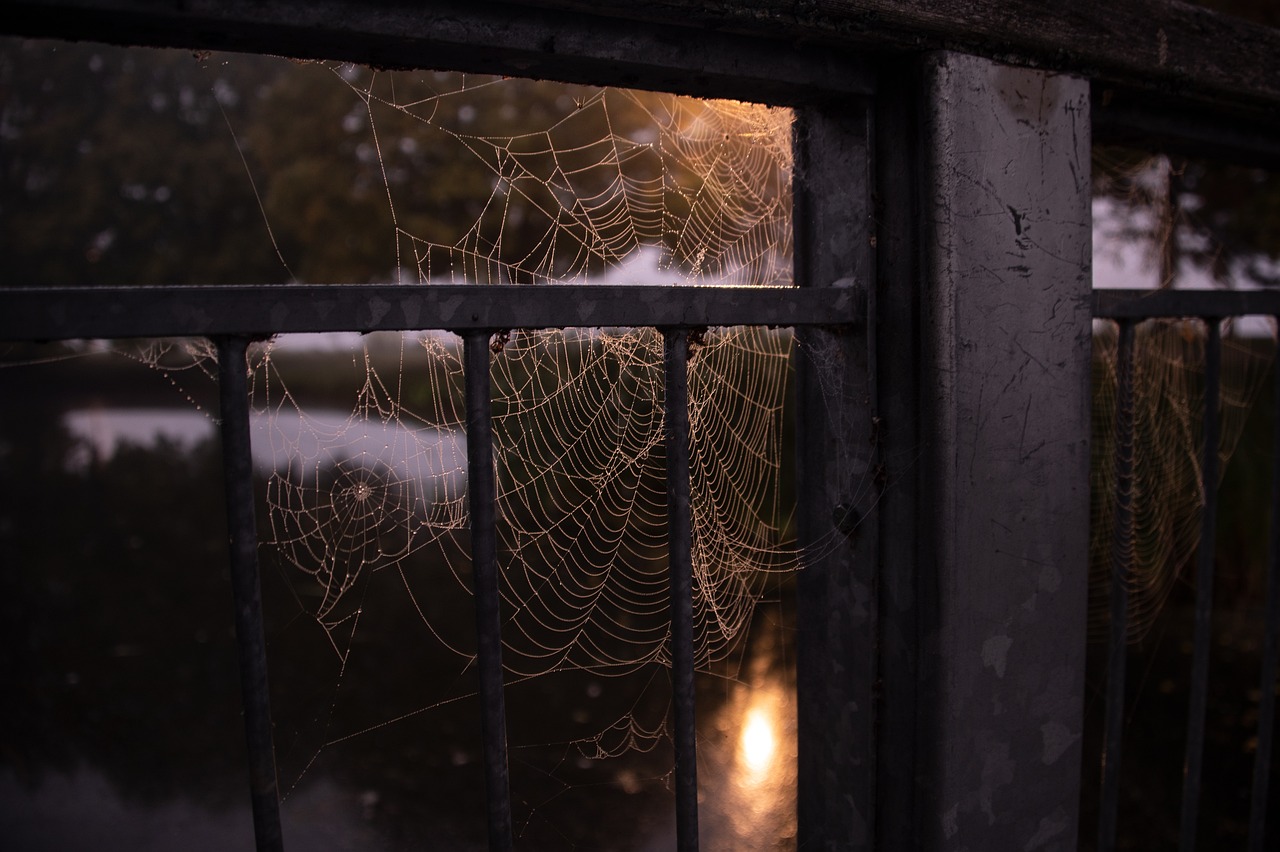
At this time of year, thoughts turn to things that move in the night and glimpses of shadowy figures flitting across cobbled London mews streets. Halloween is fast approaching and this month we delve into some of the more extraordinary spooky tales about properties and places tucked away in our local mews.
Spooky Halloween stories and ghost tales from the mews
Knightsbridge tube’s phantom passenger
Belgravia SW1 has some of the most sought-after mews streets in Prime Central London. The elegant Wilton Mews is located between Hyde Park Corner and Knightsbridge tube. It was this tube station, where a ghostly figure of a man was captured by a commuter’s smartphone in 2016. The fleeting form has been linked to spirits from the plague pit near Knightsbridge station or one of the troglodytes fabled to live in London’s underground tunnels.
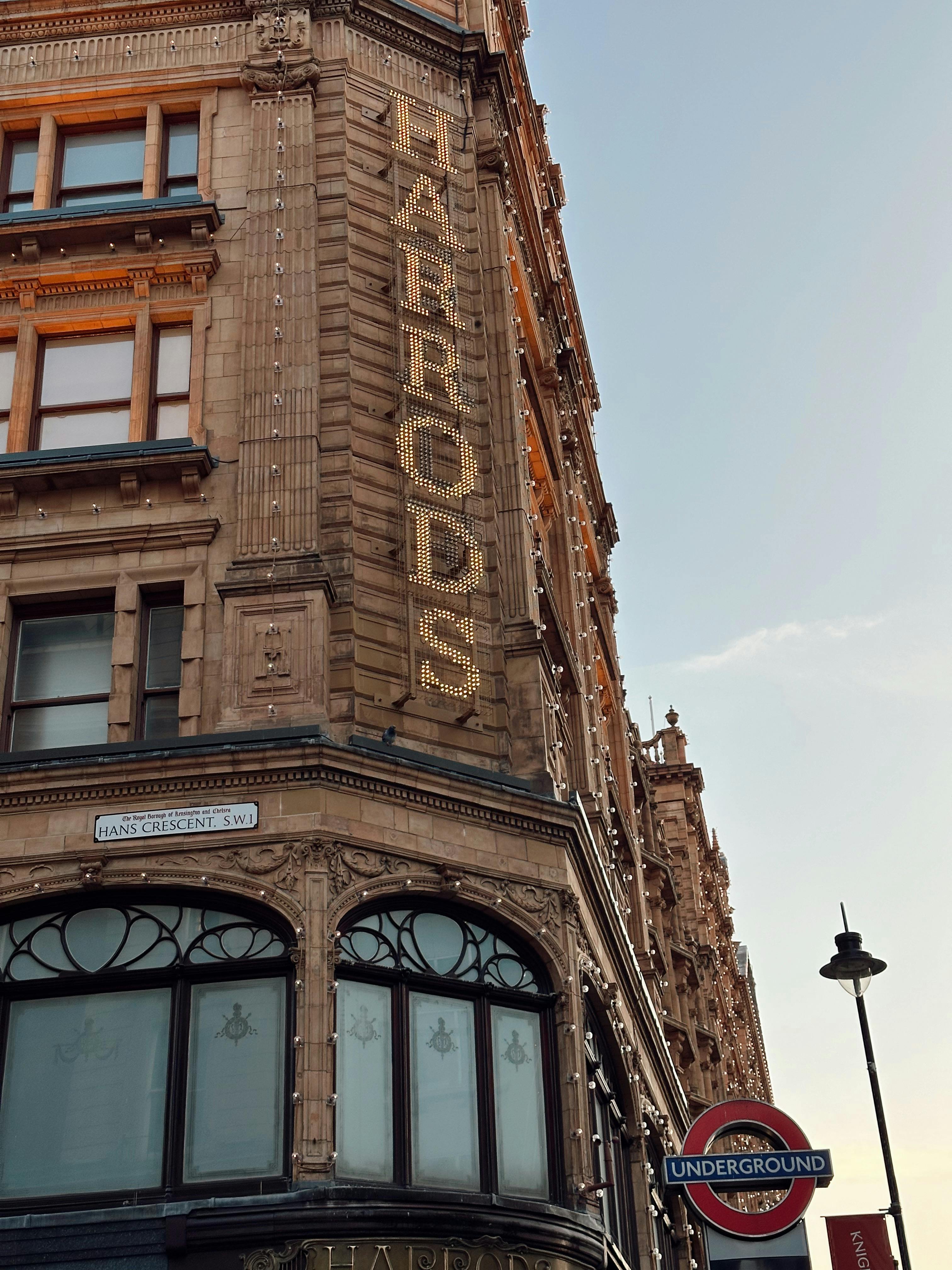
The gambling ghost of Wilton Row
From Knightsbridge tube, a seven minute walk via Old Barrack Yard off Grosvenor Crescent Mews will bring you to the mews at Wilton Row. Standing on the corner of the cobbled mews is The Grenadier, a pub in a building that was originally a small officers’ mess for the 1st Regiment of Foot Guards, a senior infantry regiment of the British Army. It became a pub in 1818 under the name ‘The Guardsman’, but was renamed ‘The Grenadier’ after the Battle of Waterloo in honour of the efforts of the Grenadiers’ officers.
The Grenadier pub retains its military roots with a grenadier-themed décor and the unusual pewter bar, but it is the ceiling covered in money that provides the main attraction. The pub is a firm favourite with mews residents and locals, and is reputed to be haunted by the ghost of a young officer known as Cedric, from the Duke of Wellington’s Regiment. The story goes that Cedric was caught cheating at cards and beaten by his fellow officers to teach him a lesson; unfortunately, the beating went a little too far and Cedric tragically died. Ever since visitors have been hanging money from the ceiling trying to pay off Cedric’s gambling debt, but poor Cedric seems to continue to haunt the building. People report that at different times footsteps and moans have been heard coming from the cellar, and objects have mysteriously moved or gone missing overnight.
The ghost of ‘Old Mary’ at Lancaster Mews
The Mitre at Lancaster Gate in Bayswater W2 is another traditional pub in the heart of one of some of London’s loveliest mews. The 18th century inn guards the entrance to the triangular mews Lancaster Mews which is home to 60 traditional mews houses. The Mitre boasts a basement cocktail bar called ‘Old Mary’s‘ and has a grisly history involving the murder of a young scullery maid called Mary, who having taken the fancy of wealthy local landowner Lord Craven (Craven Mews), was fatally stabbed by his jealous wife Lady Craven. Today locals say they have seen the ghost of ‘old Mary’ and felt her presence in the building whilst enjoying a quiet drink or ‘Bloody Mary’.
Bayswater is actually home to more phantom-like stories. Luxury shopping centre The Whiteley, which first opened as a department store in the 1860s, was the talk of London in 1907, when proprietor William Whiteley was shot dead by a man claiming to be his illegitimate son. Legend has it that Whiteley’s ghost is said to haunt the corner of Queensway and Westbourne Grove.
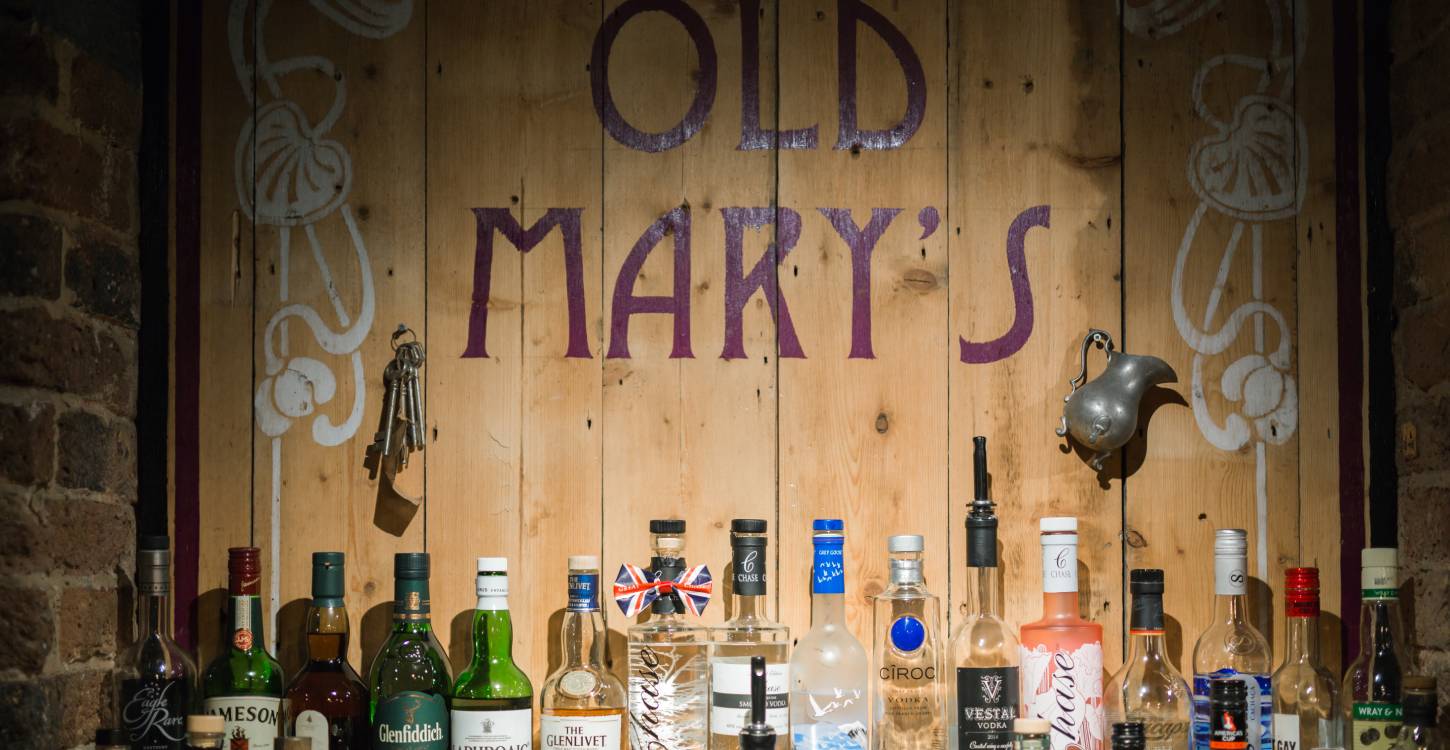
Phantom child in Paddington’s old children’s hospital
Not far away in Paddington, surrounded by attractive original mews houses and discreet mews streets, is a Victorian building in Burford Place. These days the former children’s hospital provides storage space by Safestore for paying customers but employees on site claim to have spotted a ghostly child on CCTV, possibly one of many victims of a diphtheria outbreak in 1893 that struck young patients.
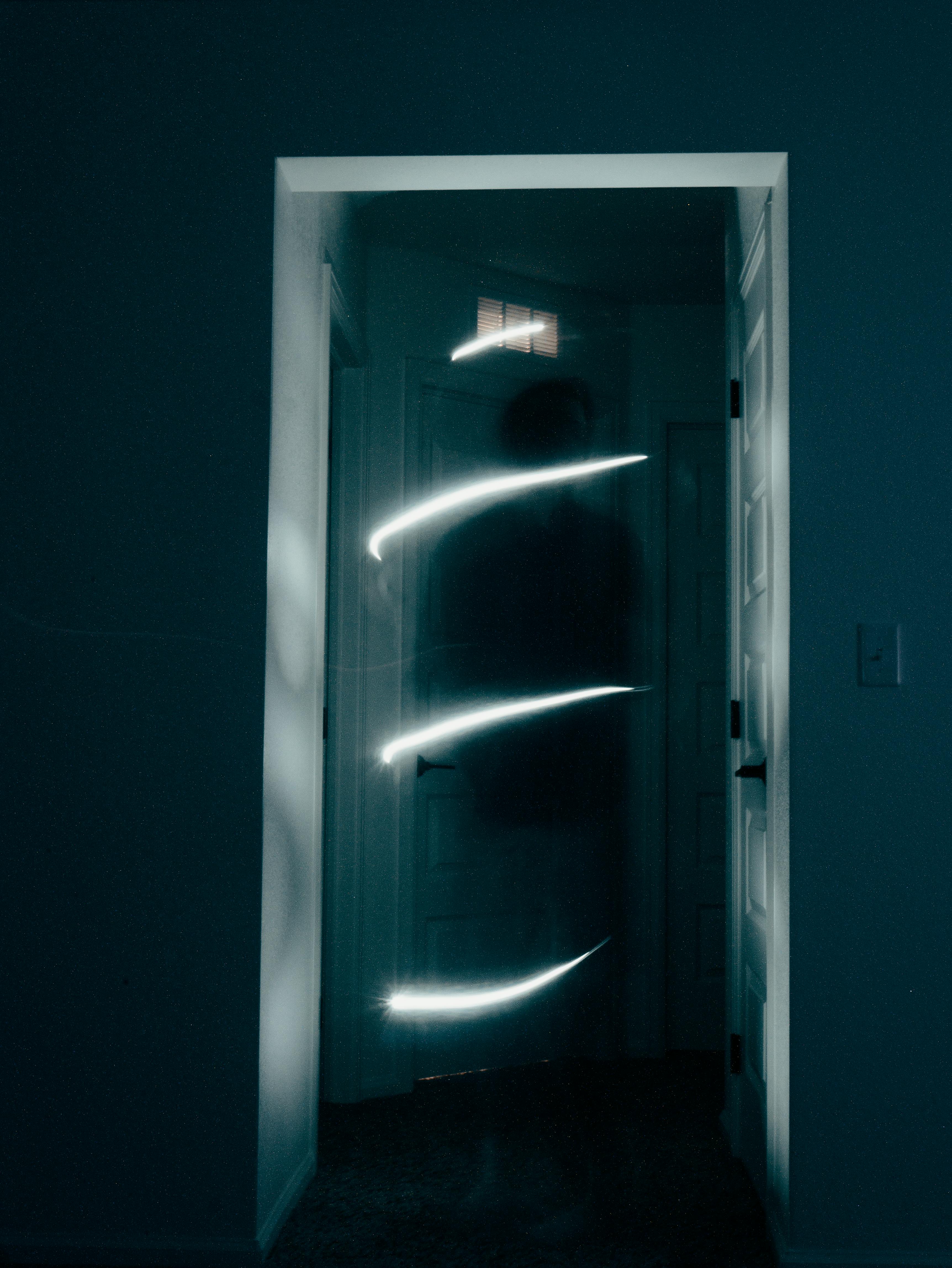
Ghost train at Marble Arch
Marble Arch tube is nearby and is no stranger to ghostly travellers. Rumour has it that the escalators here are stalked by a smartly dressed gentleman in a trilby hat who stands close behind people but vanishes as soon as you look directly back at him. Similarly, as South Kensington station, reportedly a ‘ghost train’ complete with a spectral guard is supposed to have disappeared in a tunnel next to the underground station in 1928, and the sound of an eerie station whistle continues to be heard.
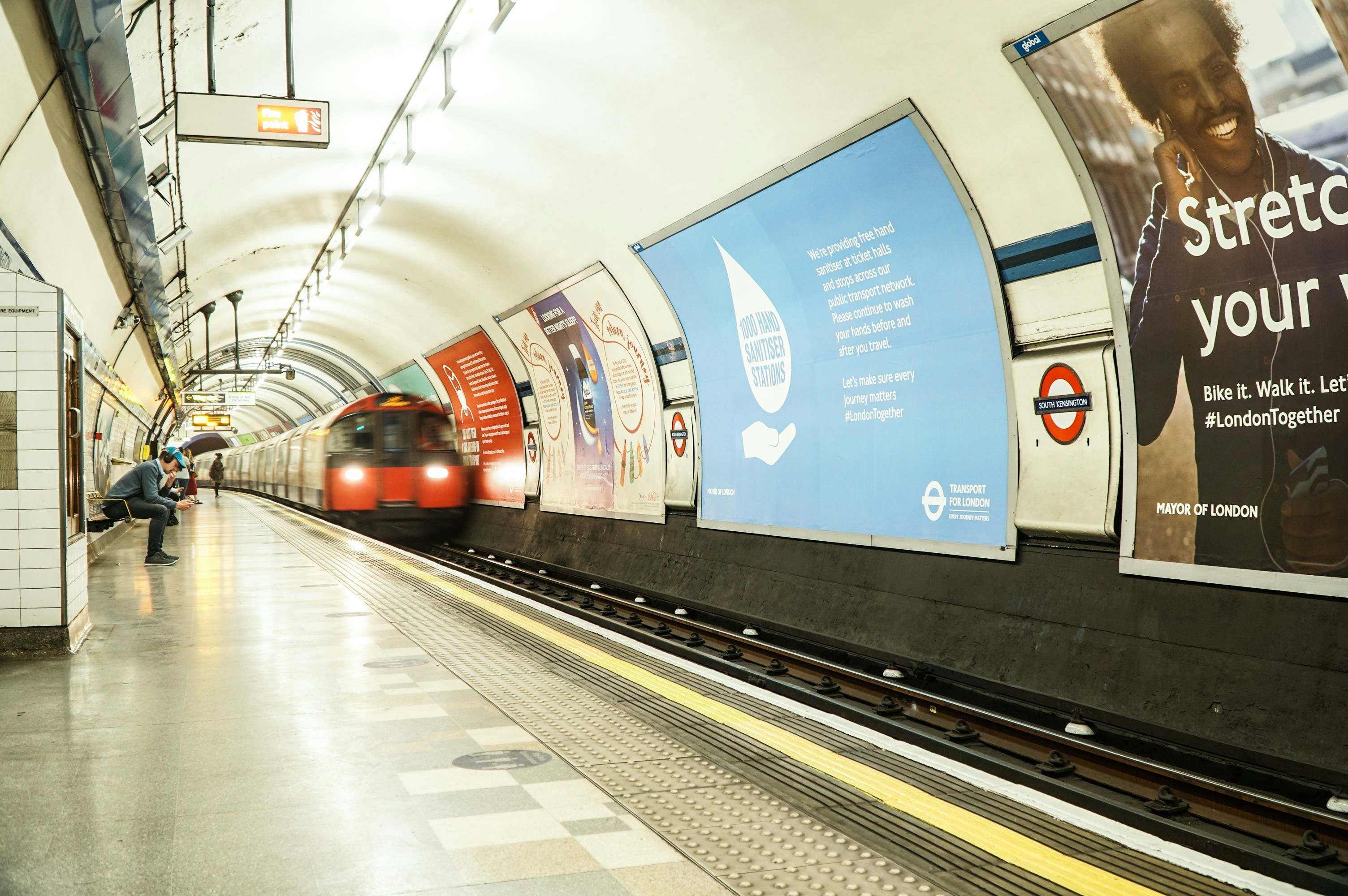
Spooky spirits at Kensington Palace
A short walk from South Kensington station leads to Kensington Palace – home to a gaggle of ghouls and ghosts, including royal European princesses and George II. The most notorious spook is known as Peter the Wild Boy, a feral child discovered by George I in the woods near Hamelin, and who later stayed in lodgings at the Palace.

Ghost signs reveal the mews’ past
Continuing our ghostly theme – as you stroll and explore the many intriguing mews across London’s prime postcodes, you may discover ‘ghost signs’ that give a hint of the colourful and changing history of the mews. A wonderful example of this can be found on an original hand-painted ‘ghost sign’ that still remains legible under the arch of Portland Mews as one enters from D’Arblay Street, formerly known as Portland Street. The mews, once owned by the Earl of Portland, dates back to the 18th century and was more than likely built in the 1730’s.
Having been protected from the elements by the mews arch, this remaining sign is for R N Cattle & Son Limited. Mr Cattle and his colleagues were carpenters and woodworkers, and the company dates back to before World War Two. Back then, London’s mews were full of tradespeople and it has been said that games of cricket were played here, rather than expensive cars and desirable mews homes we see today. Sadly, the company is no more having gone into liquidation in September 1979.
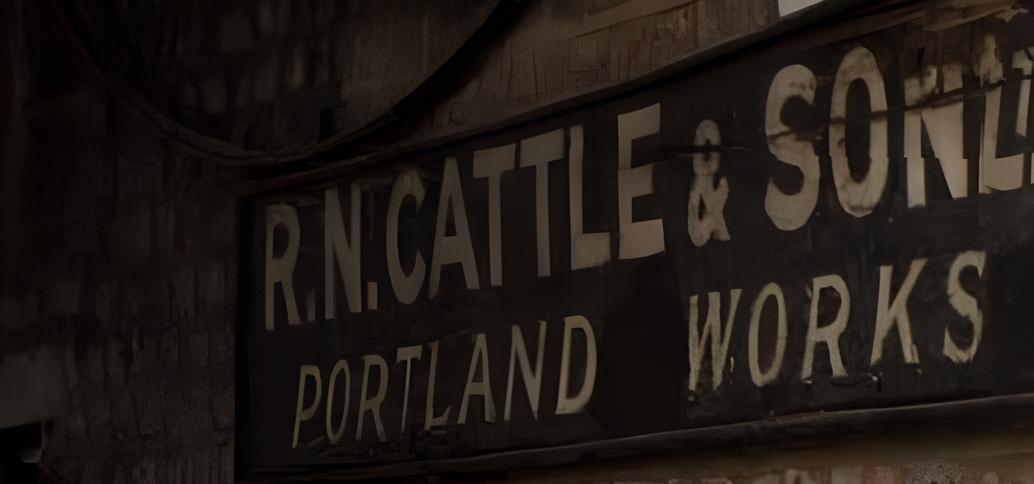
Like many things in life, the more you learn about something, the more you appreciate it and this is certainly true of the heritage of the mews. While, we can’t guarantee you’ll bump into a ghost at the bar of your local pub, we can assure you of a warm welcome when you take a wander down any of the atmospheric and charming London mews.
